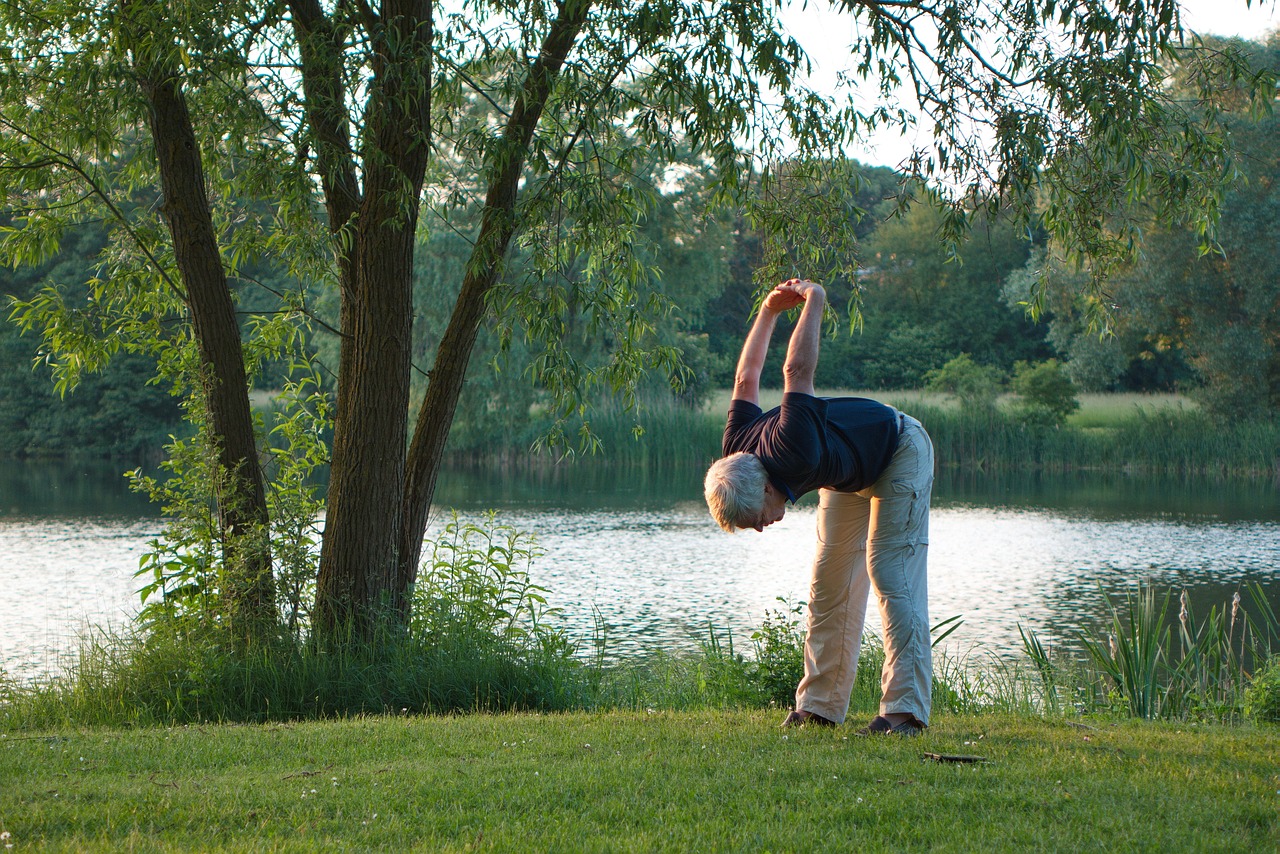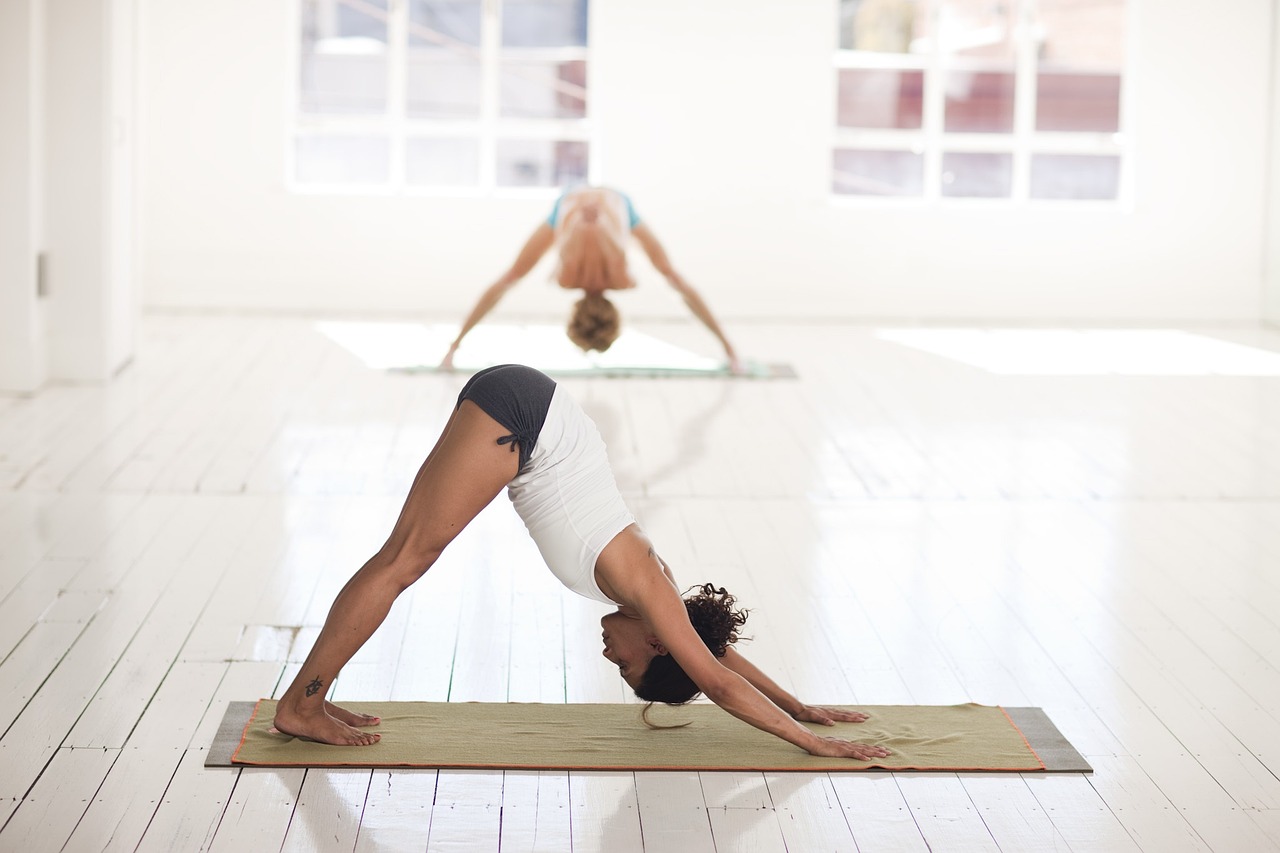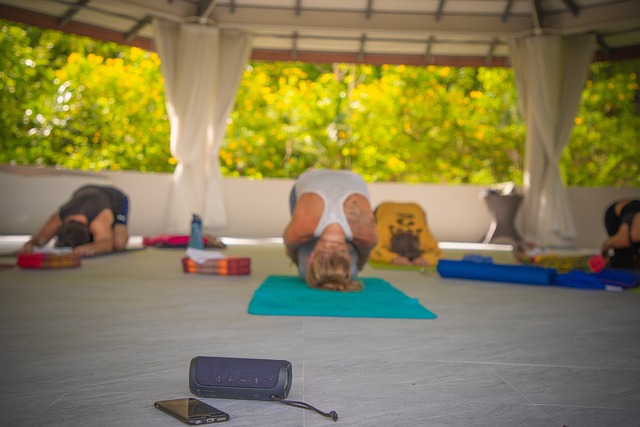Exploring the Benefits of Stretching and Flexibility Exercises
Introduction:
In the realm of health and fitness, the significance of regular stretching and flexibility exercises often gets overlooked. However, these activities are pivotal for enhancing overall well-being and promoting physical longevity. This article delves into the multitude of benefits associated with integrating stretching and flexibility exercises into your routine. We'll explore how these practices contribute to improved physical health, enhanced performance, and reduced risk of injury. Join us as we unlock the secrets of flexibility and discover why it's crucial for optimal health.
Understanding the Importance of Flexibility
1. Enhanced Range of Motion:
Stretching and flexibility exercises are instrumental in improving joint mobility and expanding the range of motion. This enables smoother movements and greater ease in performing daily activities.
2. Improved Posture:
Flexibility exercises target muscles and connective tissues, facilitating better alignment and posture. By maintaining proper posture, the risk of musculoskeletal imbalances and associated injuries is minimized.
3. Injury Prevention:
Engaging in flexibility training helps alleviate muscle tension and decrease the likelihood of injury during physical activities. By enhancing flexibility, muscle elasticity and resilience are boosted, reducing susceptibility to strains, sprains, and other injuries.
4. Reduced Muscle Soreness:
Post-exercise stretching aids muscle recovery by promoting blood flow and alleviating muscle soreness. Integrating stretching into your cooldown routine can expedite recovery and enhance athletic performance.

The Physical Benefits of Flexibility Training
1. Improved Athletic Performance:
Flexibility plays a pivotal role in athletic prowess, facilitating more efficient and effective movements. By enhancing flexibility in specific muscle groups, athletes can enhance agility, speed, and power, leading to superior sports performance.
2. Enhanced Muscle Function:
Flexibility exercises target muscles, tendons, and ligaments, promoting better muscle function and coordination. Optimal flexibility ensures efficient muscle function and reduces the risk of overuse injuries.
3. Joint Health:
Flexibility training helps maintain joint health by lubricating the joints and preventing stiffness and discomfort. Regular stretching promotes joint longevity and reduces the risk of degenerative conditions like arthritis.
4. Stress Relief:
Stretching and flexibility exercises induce relaxation and stress relief by releasing muscle tension and calming the nervous system. Incorporating stretching into your routine fosters stress reduction and overall well-being.

Mental and Emotional Benefits of Flexibility Exercises
1. Improved Mind-Body Connection:
Flexibility exercises encourage mindfulness and body awareness, fostering a deeper connection between the mind and body. By tuning into bodily sensations during stretching, self-awareness and mental clarity are enhanced.
2. Stress Reduction:
Stretching and flexibility exercises have been shown to lower stress levels and induce relaxation. Regular engagement in these activities alleviates tension, reduces anxiety, and enhances mood.
3. Enhanced Sleep Quality:
Pre-bedtime stretching relaxes the body and mind, promoting better sleep quality. Incorporating stretching into your nightly routine improves sleep patterns and leads to feeling refreshed upon waking.
4. Boosted Confidence:
Flexibility training boosts confidence by improving posture, body alignment, and physical performance. Feeling more comfortable and capable in your body enhances self-esteem and overall confidence.

Practical Tips for Incorporating Flexibility Exercises into Your Routine
1. Set Realistic Goals:
Begin with achievable goals and gradually increase the intensity and duration of your flexibility exercises over time.
2. Find Enjoyable Activities:
Experiment with various flexibility exercises such as yoga, Pilates, or dynamic stretching to find activities that align with your fitness goals and preferences.
3. Consistency is Key:
Regularity is essential for reaping the benefits of flexibility training. Aim to incorporate stretching and flexibility exercises into your routine at least 3-4 times per week for optimal results.
4. Listen to Your Body:
Pay attention to how your body responds during stretching exercises. Make sure not to strain yourself and listen to what your body can handle to avoid getting hurt.
5. Combine Flexibility with Strength Training:
Incorporate flexibility exercises into your strength training routine to improve muscle function, range of motion, and overall performance.

Conclusion:
In summary, regular stretching and flexibility exercises offer a wealth of benefits for physical, mental, and emotional well-being. By integrating these activities into your routine, you can improve flexibility, enhance athletic performance, prevent injuries, and promote overall health and vitality. Whether you're an athlete aiming to optimize performance or an individual seeking to improve posture and reduce stress, flexibility training offers something for everyone. So, unlock your flexibility potential and embark on a journey to a healthier, more vibrant you.
FAQs: Discovering the Advantages of Stretching and Flexibility Exercises
Q1: Are stretching and flexibility exercises beneficial for everyone, or are they primarily aimed at athletes?
A1: Stretching and flexibility exercises offer advantages for individuals of all backgrounds, not just athletes. These activities promote joint health, reduce injury risks, and enhance overall well-being, catering to various fitness levels and goals.
Q2: How frequently should I integrate stretching and flexibility exercises into my routine to maximize their benefits?
A2: To optimize the benefits, aim for consistency by incorporating stretching and flexibility exercises into your routine at least 3-4 times weekly. However, it's essential to listen to your body's cues and avoid overexertion to prevent potential injuries.
Q3: Can stretching and flexibility exercises aid in alleviating muscle soreness post-workout?
A3: Yes, incorporating stretching into your post-workout regimen can facilitate muscle recovery by boosting blood circulation and alleviating soreness. Including stretches in your cooldown routine can expedite the recovery process and minimize discomfort after exercise.
Q4: Are there specific types of flexibility exercises recommended for beginners?
A4: Beginners may find gentler forms of flexibility exercises, such as yoga or static stretching, more approachable. These exercises focus on gradual flexibility improvement and can be modified to suit various fitness levels.
Q5: Do stretching and flexibility exercises contribute to improved posture and reduced back pain?
A5: Absolutely. Regular engagement in stretching and flexibility exercises targets muscles and connective tissues, fostering better alignment and posture. By addressing muscle tension and imbalances, these exercises can alleviate back discomfort and enhance overall posture.

Q6: Is it essential to warm up before engaging in stretching and flexibility exercises?
A6: Yes, warming up before stretching is crucial to prepare the muscles and mitigate injury risks. Engaging in light aerobic activities or dynamic stretches helps increase blood flow and loosen the muscles before delving into deeper stretches.
Q7: Can flexibility exercises assist older adults in maintaining mobility and independence?
A7: Indeed, flexibility exercises are vital for older adults to sustain mobility, flexibility, and independence. These exercises aid in fall prevention, bolster balance, and elevate overall quality of life as individuals age.
Q8: Do stretching and flexibility exercises promote stress reduction and relaxation?
A8: Yes, stretching and flexibility exercises induce relaxation by releasing muscle tension and calming the nervous system. Incorporating these activities into your routine can effectively diminish stress levels and foster relaxation and overall well-being.
Q9: Are there any precautions to consider when partaking in stretching and flexibility exercises?
A9: It's imperative to heed your body's signals and avoid pushing too hard during stretches to prevent potential injury. Steer clear of bouncing or forcing movements, and maintain proper form at all times. If you have existing medical concerns, consult a healthcare professional before commencing a new exercise regimen.
Q10: Can stretching and flexibility exercises enhance athletic performance for non-competitive individuals?
A10: Absolutely. Enhanced flexibility obtained through stretching and flexibility exercises can improve overall performance and efficiency in various physical activities, irrespective of competitiveness. Improved flexibility facilitates smoother movements, reduces injury risks, and enhances functional movement patterns in daily life.
Powered by Froala Editor





Leave a Reply